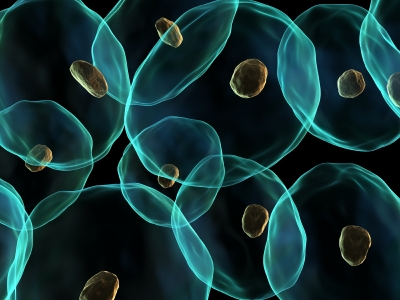Mirrors have been fascination objects to the world for a long period of time. They are used in many ways, and they are commonly found in homes. In the bathrooms, bed rooms and special locations, you will find the glass. They can reveal truths that you may or may not want to see. For Scientists, the simultaneous simplicity and complexity of mirrors make them powerful tools for exploring questions about perception and cognition in humans and other neuronally gifted species, and how the brain interprets and acts upon the great tides of sensory information from the external world. Doctors are using mirrors to study how the brain decides what is self and what is other, how it judges distances and trajectories of objects, and how it reconstructs the richly three-dimensional quality of the outside world from what is essentially a two-dimensional snapshot taken by the retina’s flat sheet of receptor cells. Mirrors are also used in medicine to create reflected images of patients’ limbs or other body parts and thus trick the brain into healing itself. The object ‘inside’ the mirror is virtual, but as far as our eyes are concerned it exists just like any other object. Physical self-reflection in the mirror, encourages philosophical self-reflection, you cannot know or appreciate others until you know yourself.
“Although we see ourselves in the mirror every day, we don’t look exactly the same every time,” explained Dr. Epley. There is the scruffy-morning you, the assembled-for-work you, the dressed-for-an-elegant-dinner you. “Which image is you?” Research shows that people, on average, resolve that ambiguity in their favor, forming a representation of their image that is more attractive than they actually are.
The point is that no matter how close or far we are from it, the mirror is always halfway between our physical selves and our projected selves in the virtual world inside the mirror, and so the captured image in the mirror is half our true size.






 Technology is saving our live in ways we do not know about. If it is not doing so yet, it will soon be. I am not 100% sure that most people agree with me on this, but almost half of the people who think like me would agree with my statement. They would agree because it is not only true but because it has also spread from youths to adults including those with high respected professions. Technology life has taken control and is well ahead of anyone’s understanding. Although it creates may negative views about and for teenagers who use it inappropriately, it has become a very useful tool to adults whose lives are in need of help with short cuts to their everyday goals. For example: Thomas Lee, an orthopedic surgeon’s business cards are stamped with the link to his face book page. He actively tweets, checks in regularly on foursquare, and maintains a Google plus profile. And he does it for his patients. According to him, “it’s an electronic way of extending the conversation” and "It creates a vibrant sense of community and a wonderful back and forth dialogue." Social media makes it easier than ever for patients and physicians to connect outside the exam room. More than 1,300 doctors have already registered with TwitterDoctors.net, a database of physicians who tweet. "These are powerful, tremendously influential tools," says internist Kevin Pho of Nashua, N.H., a popular medical blogger who engages with his patients via Facebook and Twitter. "Doctors should be taking advantage of the opportunity."
Technology is saving our live in ways we do not know about. If it is not doing so yet, it will soon be. I am not 100% sure that most people agree with me on this, but almost half of the people who think like me would agree with my statement. They would agree because it is not only true but because it has also spread from youths to adults including those with high respected professions. Technology life has taken control and is well ahead of anyone’s understanding. Although it creates may negative views about and for teenagers who use it inappropriately, it has become a very useful tool to adults whose lives are in need of help with short cuts to their everyday goals. For example: Thomas Lee, an orthopedic surgeon’s business cards are stamped with the link to his face book page. He actively tweets, checks in regularly on foursquare, and maintains a Google plus profile. And he does it for his patients. According to him, “it’s an electronic way of extending the conversation” and "It creates a vibrant sense of community and a wonderful back and forth dialogue." Social media makes it easier than ever for patients and physicians to connect outside the exam room. More than 1,300 doctors have already registered with TwitterDoctors.net, a database of physicians who tweet. "These are powerful, tremendously influential tools," says internist Kevin Pho of Nashua, N.H., a popular medical blogger who engages with his patients via Facebook and Twitter. "Doctors should be taking advantage of the opportunity." 